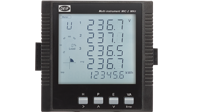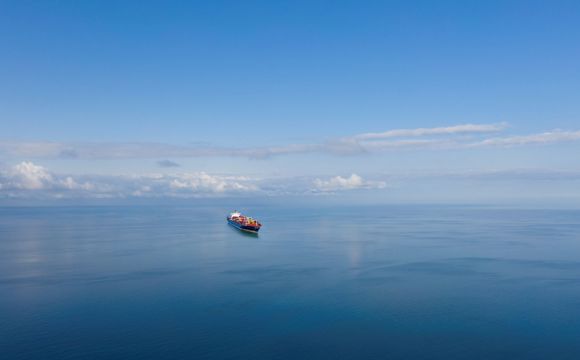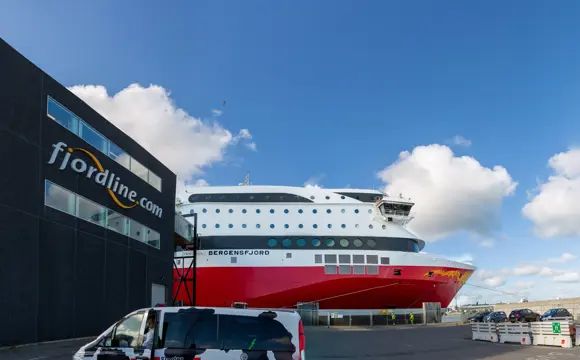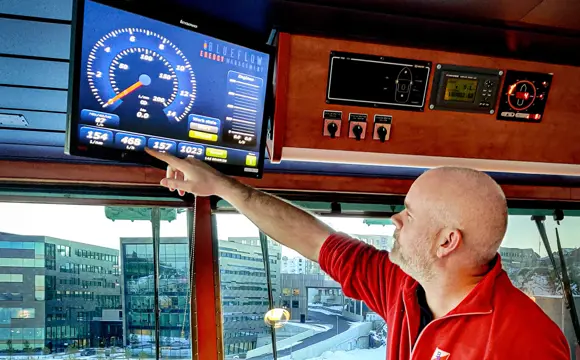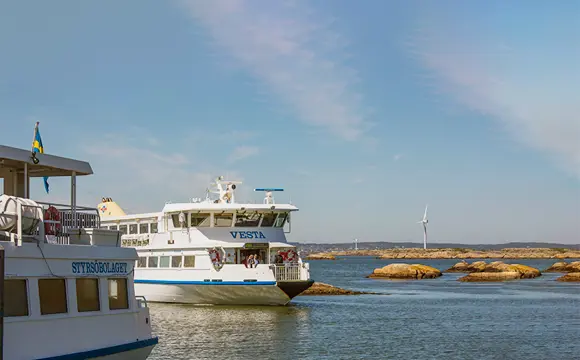Onboard EMS helps you implement ISO 50001 energy management
You can get at least two major benefits from reducing vessel energy consumption: You can reduce fuel consumption and thereby OPEX, and you can contribute to a better climate by reducing emissions (unless, of course, your vessel is already emission-free, for example because it runs on electricity from renewable sources).
ISO 50001: a well-structured approach to saving energy
There are countless ways of reducing energy consumption; which one to choose is a question of what exactly you want to achieve, which approach fits your vessel and operation, and of course how much you are willing to spend! In general, however, when looking to successfully and consistently reduce energy consumption, many companies benefit from a well-structured approach that defines clear priorities and procedures and allows companies to systematically track progress.
One such structured approach is provided by the ISO 50001 energy management standard. This global standard provides a practical way to improve energy use through the development and implementation of an energy management system (EnMS). Applicable to all organisations regardless of type, size, and complexity, ISO 50001 can be used in maritime applications, too, for example on ships.
When developing an EnMS according to ISO 50001, you must go through a series of steps such as defining an energy baseline and defining energy performance indicators (EnPIs). In other words, you need to establish how much energy is currently consumed on board in normal conditions, and you need to measure if your efforts to reduce energy consumption are having the desired effect. For these and many other EnMS-related tasks, an onboard energy management system (EMS) can help!
What’s the difference between an EnMS and an EMS?
As you’ve probably noticed, we’re using the phrase “energy management system” for two different things: a structured energy management approach enabled by standards such as ISO 50001 and an onboard energy monitoring system (such as Blueflow ). There is little we can do about this; the phrase “energy management system” is widely used for both! Fortunately, it is possible to tell them apart through their acronyms. In the rest of this blog post, we’ll refer to the structured management approach using the acronym EnMS, and to the onboard monitoring system using the acronym EMS.
What is an EMS?
So, what is an EMS, and how can it help? An EMS is a monitoring and data analysis tool that monitors energy generation and consumption on board and makes the measured data available to crews and management, for example on shipboard monitors or via a web-based portal. Given access to the necessary sensors and systems, it will provide you with a detailed overview of the flow of energy on the ship. It records how much energy is generated by engines, auxiliaries, and generators, and it records how and where energy is consumed – for propulsion and manoeuvres, and for onboard consumers such as lighting, compressors, pumps, winches, ventilation, and galley equipment. The system gathers data from existing power management systems, controllers, navigation systems, and sensors, but you can add more sensors as needed in order to provide more detailed data for the EMS.
Using the EMS when developing the EnMS
Given sufficiently detailed input data, the EMS can provide a holistic, precise, and complete overview of where energy is generated and used on board, and you can use this information to develop your EnMS and to follow up on actual performance when the EnMS has been implemented. A couple of examples:
- By giving the EMS access to the data required, the system can collect data from all energy consumers on board and generate reports that can be used to establish an energy baseline and EnPIs.
- The EMS can be used to identify large consumers, giving you the necessary data to decide whether to replace such consumers or run them more sparingly and efficiently.
- When tracking your EnPIs to check EnMS performance, data and analyses from the EMS will reveal if you are not getting the savings you want, allowing you to take remedial action by updating the EnMS or by investigating the reasons why results do not conform to expectations.
In order to make the most of the EMS, consider adding power meters at all switchboards on the ship so that you get detailed information about the consumption of compressors, thrusters, and so on. The data gathered should be available to the crews so that they can take corrective action to reduce energy consumption, but it must also be available to your energy management team through reports that should ideally be available online or similar.
In conclusion, the EMS can help you develop and track an EnMS based on ISO 50001, providing up-to-date, reliable, and complete vessel performance data and helping you achieve the goals defined in your energy policy.
Great potential for energy savings when sailing
Before we sign off, we’d just like to remind you that an EMS has far greater potential than delivering performance data for your EnMS. The real-time information about current operating conditions that it provides allows crews to save energy by adjusting their sailing. For example, they can adjust the course by one or two degrees to save fuel in difficult current or wind conditions, or reduce engine power in shallow waters to reduce the vessel squat effect. This use of EMSes has been demonstrated to result in fuel savings in excess of 10%, and even small navigation adjustments make a difference. For more information, and for other tips for reducing onboard energy consumption, download our FREE whitepaper on ways to save energy and fuel on your ship.
Read more about the Blueflow EMS
Download our FREE whitepaper on ways to save energy and fuel on your ship
Get more information about the ISO 50001 standard on the ISO website
-

Contact us to discuss your options
- 90 years of energy pioneering
- Manufactured at the highest standards
- Superior quality
- Unmatched service and support
- Made in Denmark




